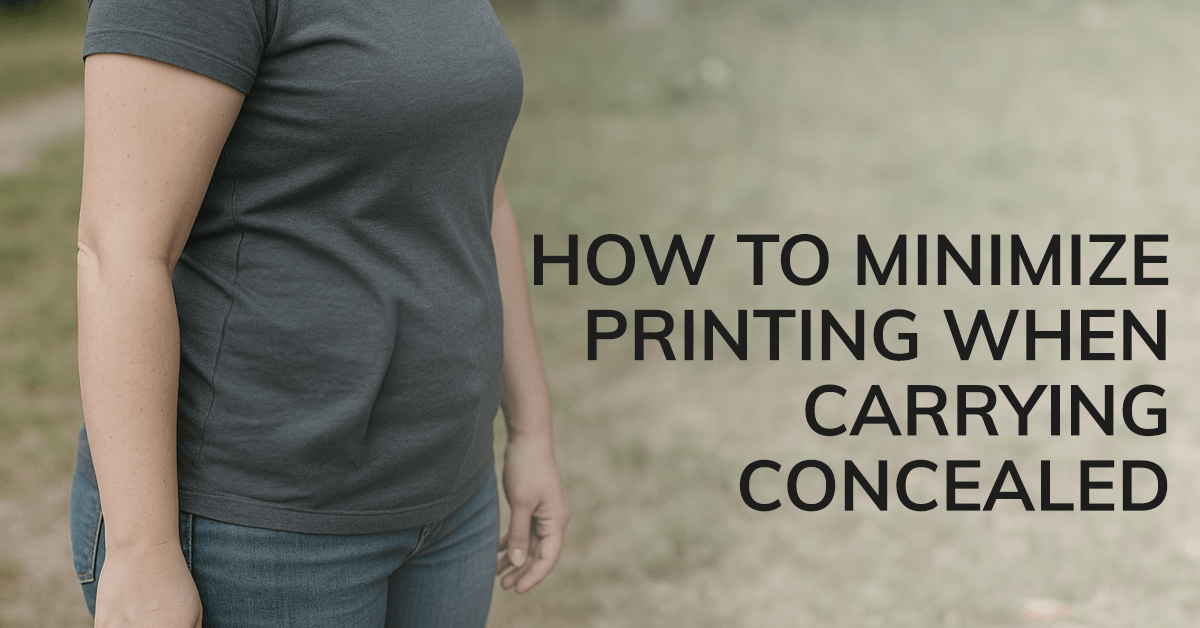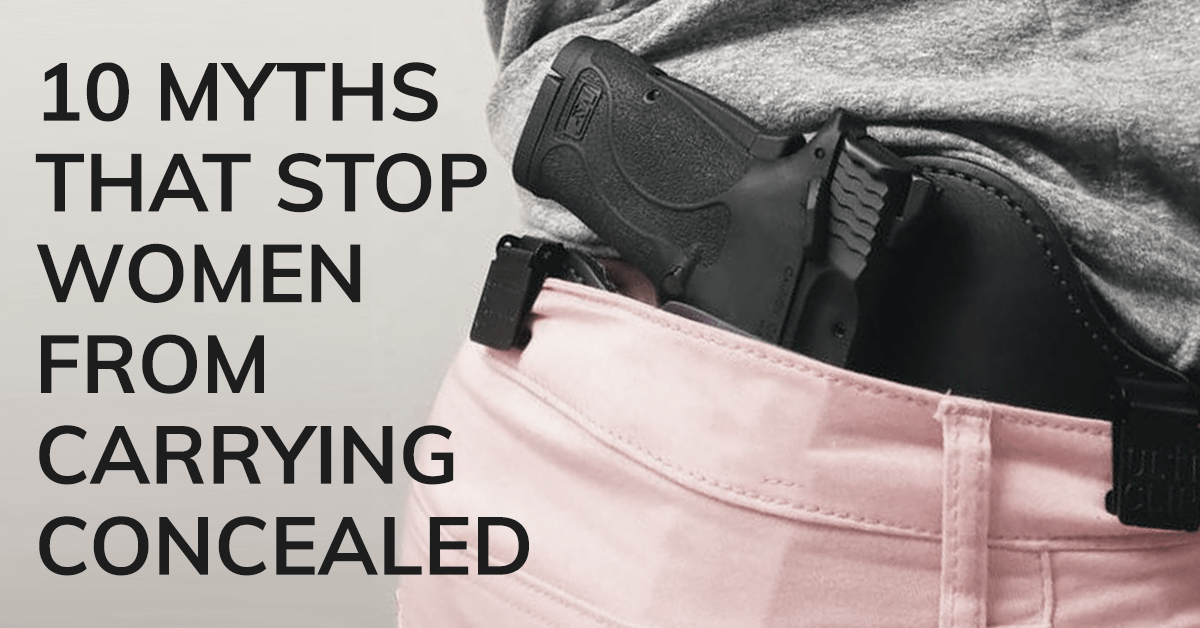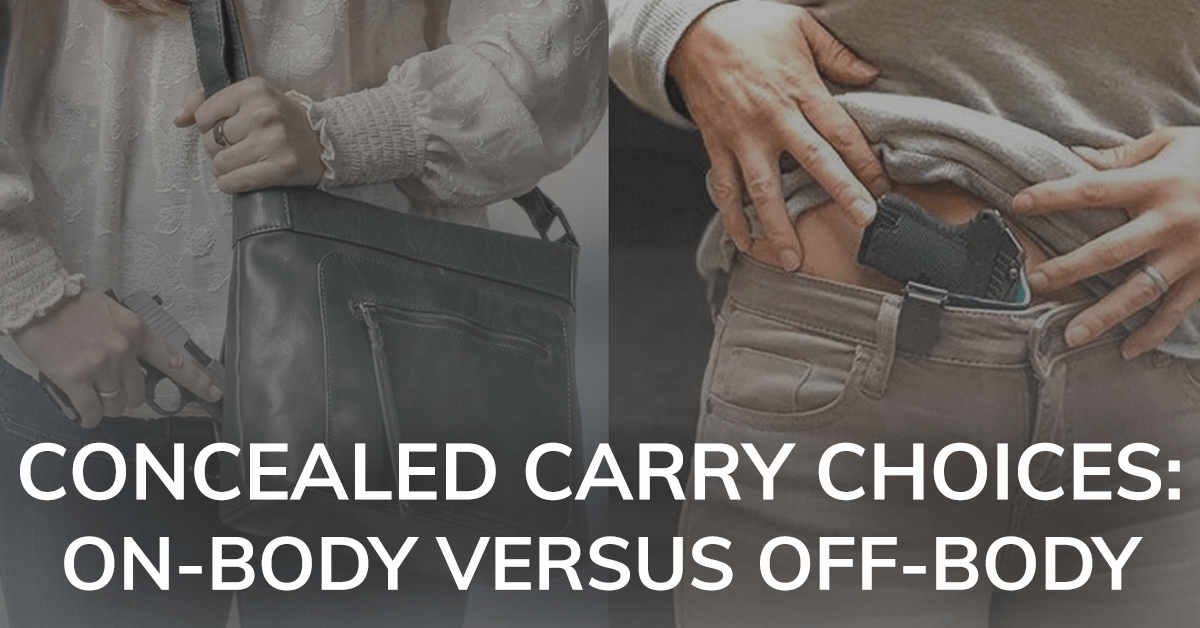Orders Over $100 Ship FREE (USA)!
Orders Over $100 Ship FREE (USA)!
CONCEALED CARRY
(Apparel with holster pockets or concealed-carry features)
PARTS & GEAR
RANGE STYLE
Gift shopping & not sure about size or style? Give a gift card instead!
GIFT IDEAS
EXPLORE
BFCM Sale 20% Off every item! EXTENDED
Black Friday & Cyber Monday EXTENDED: Indulge in Luxury, Pay Less.
Understanding Stand Your Ground and Castle Doctrine Laws
3 min read
We all know how important it is to practice and train when you carry concealed, but it's equally important to understand the laws that may come into play if you have to use your firearm to defend yourself.
You've probably heard of Stand Your Ground Castle Doctrine laws - they are often mentioned in the aftermath of a self-defense situation, but you may not understand what they mean. Here's a brief overview of these often misunderstood statutes so you can better understand how they may affect you if you are forced to use your firearm for self-defense.
Stand Your Ground Laws
Stand Your Ground gets a lot of attention in the media, but it's rarely explained correctly. Simply put, it's a law or statute passed at the state level that says that if you're somewhere you're allowed to be, you have no duty to retreat before you can use force on someone trying to harm you.
For example, if you are in a state with a SYG law, if someone is physically attacking you, you do not have an obligation to retreat before using your firearm to defend yourself. This does not mean that you won't have to go to court or face charges, but if your state has this law in place and you are brought up on charges, you can use this law as part of your defense.
Every SYG law is written differently and many have "if" and "or" clauses, so it's very important to find your state's law and make sure you read the fine print. Many SYG laws do not apply if you're somewhere you're not supposed to be or if you're in the process of committing an illegal act. A few states restrict the application of SYG laws to only when you're in your vehicle.
As of mid-2020, there are over 25 states that have Stand Your Ground laws and several more that don't have an official SYG law but apply case law, precedence, or jury instructions that generally provides the same protection. Again, make sure to check your state's current laws to see if you're in an SYG state, as they are all enforced differently.
Duty to Retreat Laws
On the opposite side of the coin is having a Duty to Retreat, which exists in 15 states as of this writing. This law says that you need to exhaust all your avenues to get to safety before you can use deadly force to defend yourself. If your state has this law and you have to defend yourself with a firearm, it's very possible that you'll have to try to prove that you were either unable to escape at all or you made every attempt to get to safety before defending yourself. Sound hard to prove? It can be.
Castle Doctrine Laws
The Castle Doctrine sits at the intersection of the two laws above. This law allows you to claim self-defense if someone breaches an occupied structure you are in and you believe they will cause you harm. Much of the time, that structure is your home, but some states extend this protection to your vehicle (and beyond).
Here's where things get tricky - some states have a Duty to Retreat law, but also have a Castle Doctrine law, so you may have protection similar to Stand Your Ground, but only in your home. Some states restrict when Castle Doctrine can be applied. For example, in at least one state, you can only claim a Castle Law defense if the person trying is committing a felony or comes into your home in a "violent, riotous or tumultuous manner".
Again, these laws are written VERY differently depending on the state, so make sure to look up the Castle Doctrine in your state and study them closely.
Understanding Brandishing/Display of a Firearm
Brandishing is an important term to know, especially because it's not well-defined in some states. It generally means displaying your firearm or introducing your firearm into a situation where it can be seen in plain sight. Even though it may sound like taking your gun and waving it around, from a legal perspective, it can mean as little as pulling your shirt up for just a second to let the other person know you are carrying a firearm.
While almost every state has a law about brandishing, the laws can vary wildly from state to state and there can be significant differences in what's considered brandishing.
We encourage you to do the research on the specific laws in your state - Handgunlaw.us is a good place to start and you can find information about your state at Castle Doctrine/Stand Your Ground/Self Defense Statutes/Brandishing or Display of Firearm Statutes.
Also in Carrying a Gun: Making the Decision

How to Minimize Printing When Carrying Concealed
3 min read
Here are a few tips to help reduce printing and build your confidence to carry more comfortably and discreetly.

10 Myths That Stop Women from Carrying Concealed
5 min read
We're clearing up some common myths so you can feel more confident about your decision to carry.

Concealed Carry Choices: On-Body Versus Off-Body
4 min read

